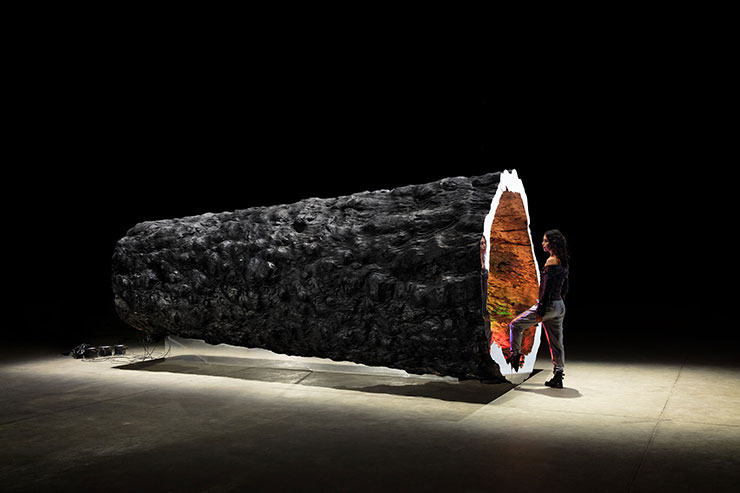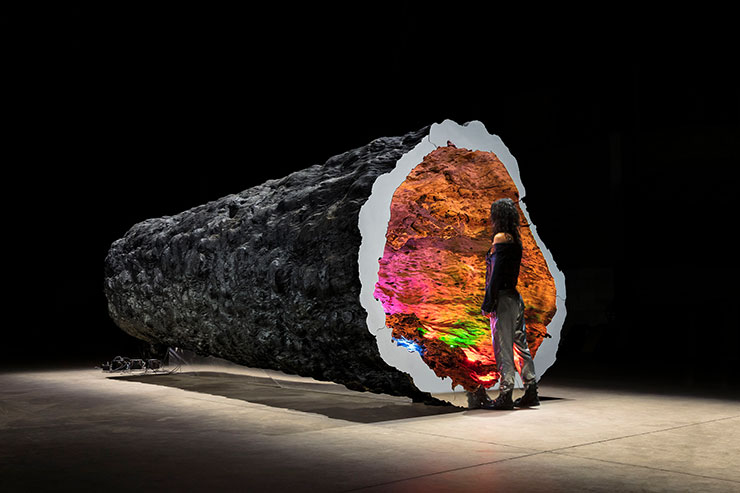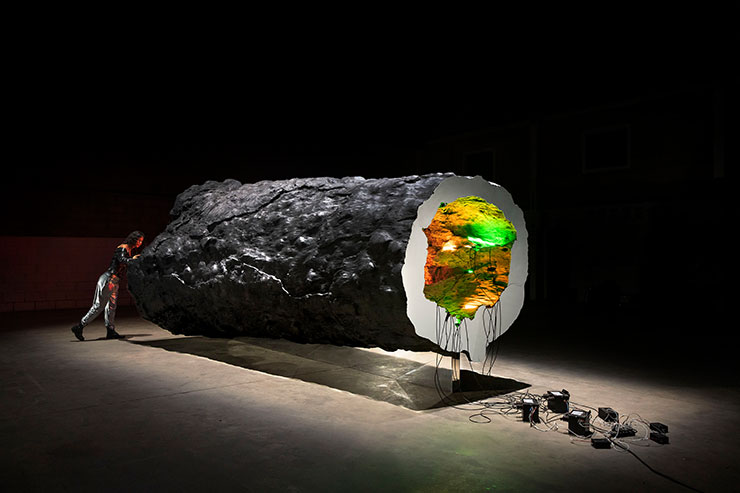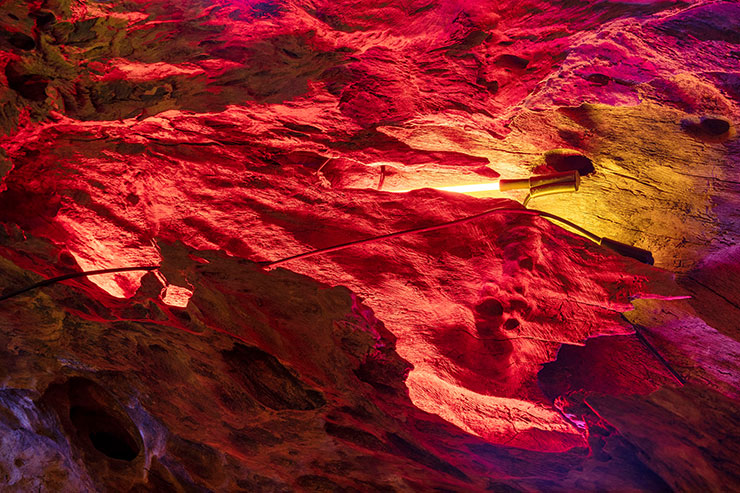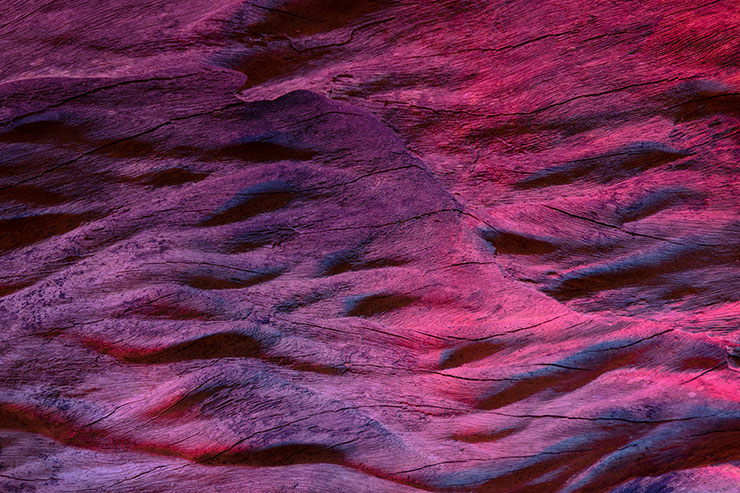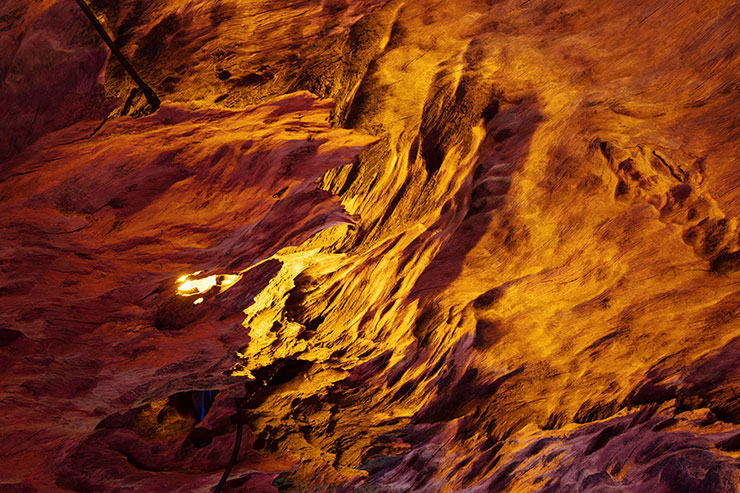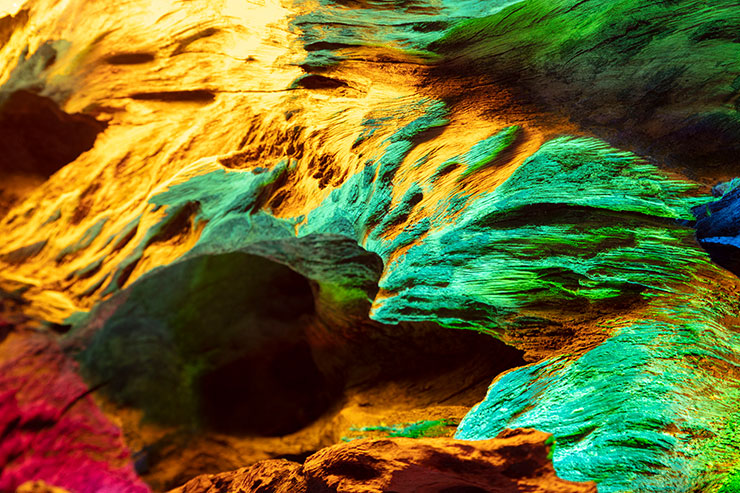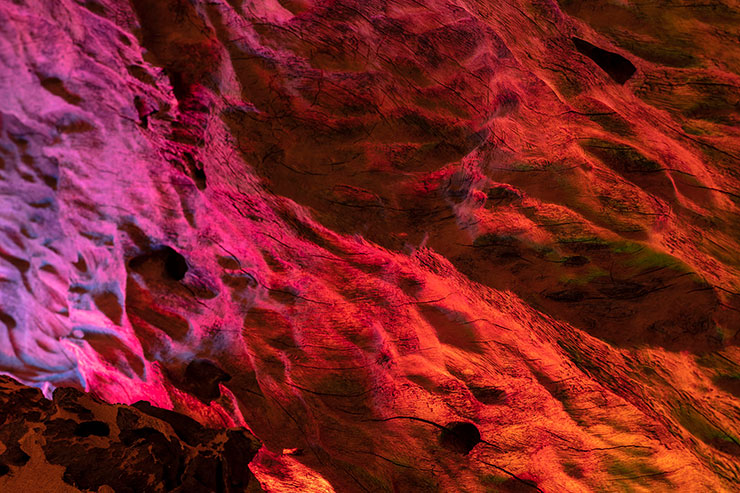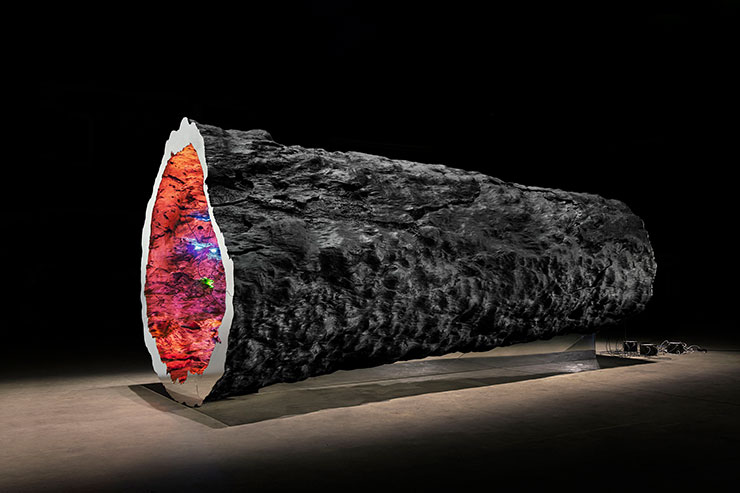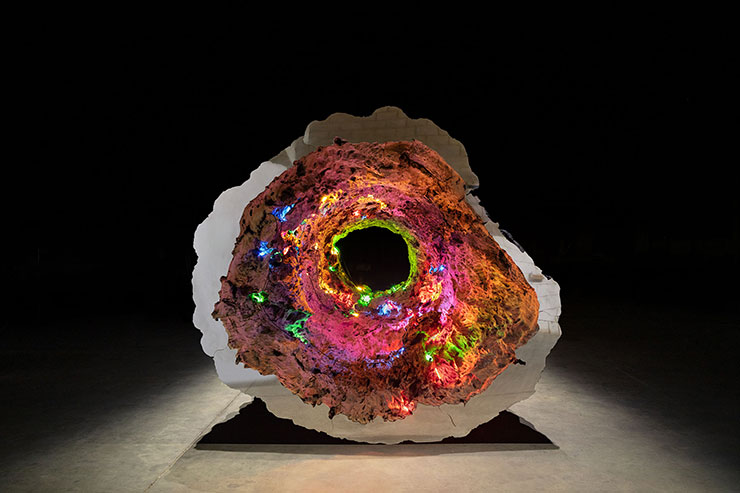- ABOUT
- JUDGING
- CONTACT
- MORE
- 2024 Entries
- Installations 2024
- Past Winners
- Subscribe
- [d]arc directory
- arc magazine
- darc magazine
KUÁ, Brazil
ProjectKUÁLocationSao Paolo, BrazilLighting DesignOMstudio Lighting, BrazilArtistDelphine Araxi SanoianClientUndisclosedLighting SuppliersStilo NeonPhotographyAndrés Otero
The reconnection with planet Earth’s vital forces is at the core of the creation of this sculpture-installation, conceived by the Franco-Armenian designer Delphine Araxi Sanoïan since her impassioned encounter with Brazil, its forests, its people, and its creative force.
KUÁ awakens the viewer’s five senses and plays with them, so as not to let us forget the synesthetic relationship between human perception and nature, which is not separate from us at all; on the contrary, it is precisely through our senses that we know ourselves as a non-secluded part of the natural milieu. This work of art was envisioned as an aesthetic-political statement that we humans are an integral facet of nature.
It’s a statement as simple as it is absolutely subversive in the age of the Anthropocene. The artist says, “The force and development of life through the tree of life: bathing in the forest equates to healing oneself with the wood of nature.” The idea aims at bringing human perception’s senses closer to nature’s elemental constituents.
Five senses, five elements.
Delphine’s encounter with the hollow trunk, the genesis of the masterpiece — a specimen of Caryocar villosum, or Pequi as it is commonly known — took place at Tora Brasil, a company owned by Cristiano Valle, which creates furniture from certified wood. From this encounter, the artwork KUÁ began with a trunk stretching five meters in length, with height and width close to two meters, serving as the support for Delphine’s creations, found already hollow in the tropical forest due to erosion, decomposition, and other natural processes over time. With the stand in hand, the artist sought the lighting designer Orlando Marques from OMstudio Lighting in search of a lighting concept that considered the sense of sight, the interplay between light and photoreception. Thus, the artistic intervention complements the action of nature and blurs the boundaries between culture, environmental influence, art, design, and human action in the natural environment.
The external part of the trunk was charred using the Japanese technique Shou Sugi Ban, in order to protect the surface while highlighting the tactile uniqueness of its irregular texture, forming a kind of skin for the piece.
Stainless steel plates, with a specular effect, were applied to the ends of the trunk, within its thickness. The interior of the piece was illuminated through a composition of neon tubes, inspired by the elements of water and air, manifested in rainbows. Hearing is stimulated with sound equipment that reproduces Villa Lobos’ Amazon Forest symphony, and the smelling perception is engaged with a fragrance created especially for the sculpture-installation. The artwork’s support base was also made with polished stainless steel, creating the sensation of suspension, as if the piece were floating in the air.
The lighting design in KUÁ also blurs the boundaries between design, architecture, and art. It operates as an artistic partnership, composing with the interplay between the senses of perception and natural elements, mimicking the effects of light on water droplets in the nature of celestial rainbows. Similarly, the lighting activates the interior of the hollow trunk, as if the water that makes up a large part of the wood always reflected the sun, creating a permanent effect of colour and highlighting the recesses of the internal surface of the trunk. Neon tubes in blue, green, red, and warm white — ranging from 15 to 50 cm in length and bent shapes — were fitted into the cavities inside the trunk, finely adjusted one by one to achieve the desired effect of integration between energy and matter. The light allowed the creation of landscapes from the unique textures of the wood, in composition with the spirit of the project: artistic gesture allied with the natural stand while explicitly showcasing the intervention, in the case of the lighting, with its mark on the visible equipment.
“In KUÁ, I wanted to explode white light into colors so that its presence within the trunk would be as intimate as within the hollow itself,” shares Orlando Marques.
